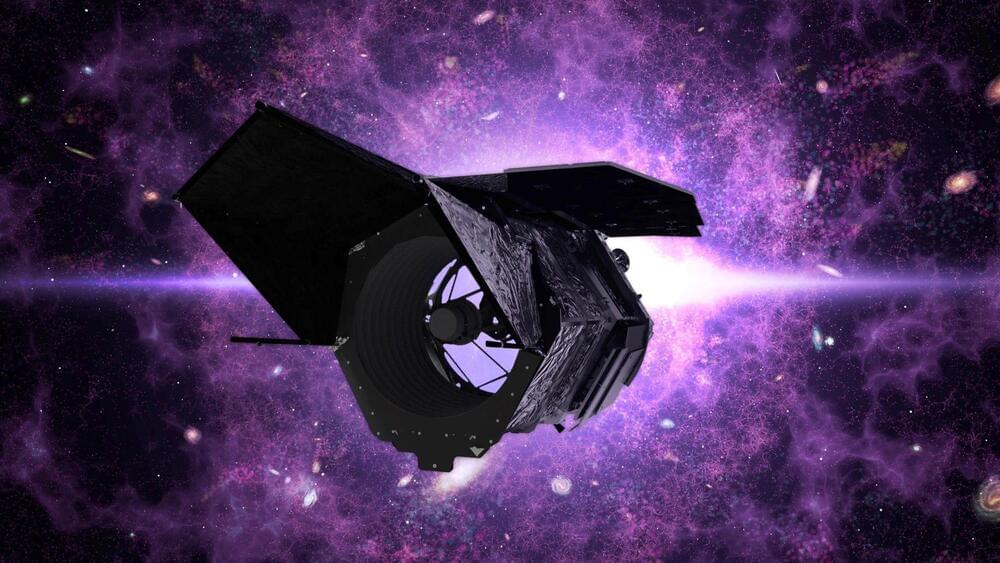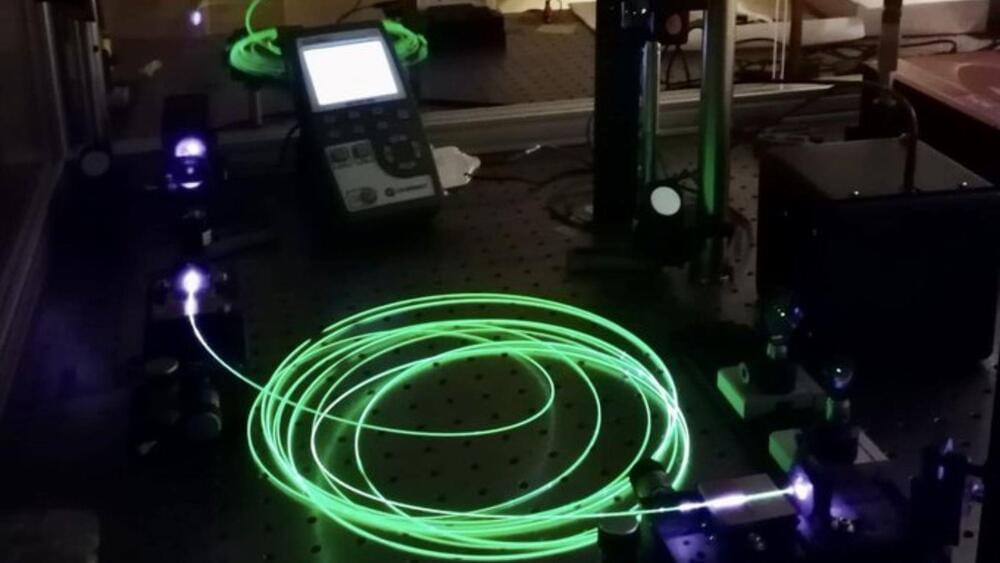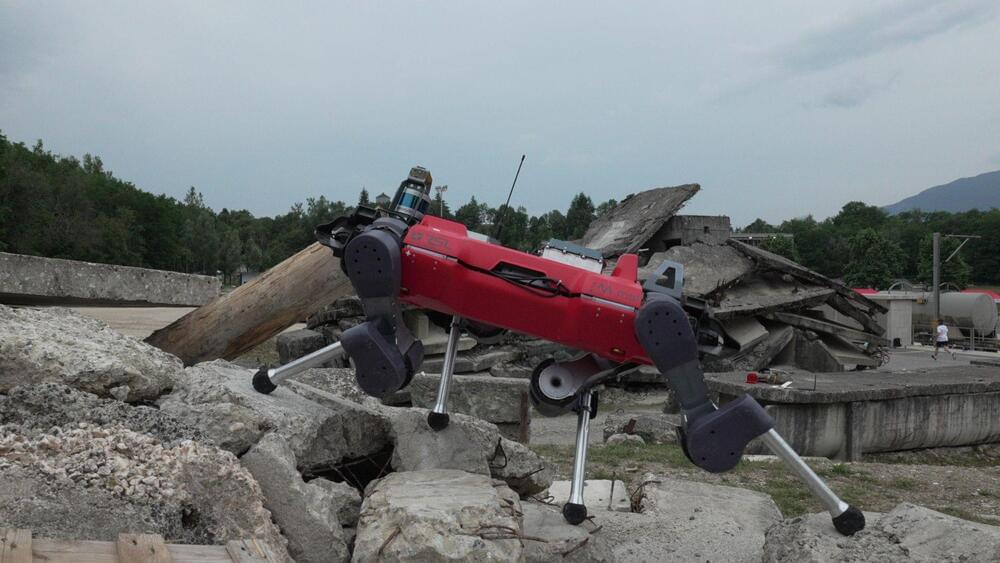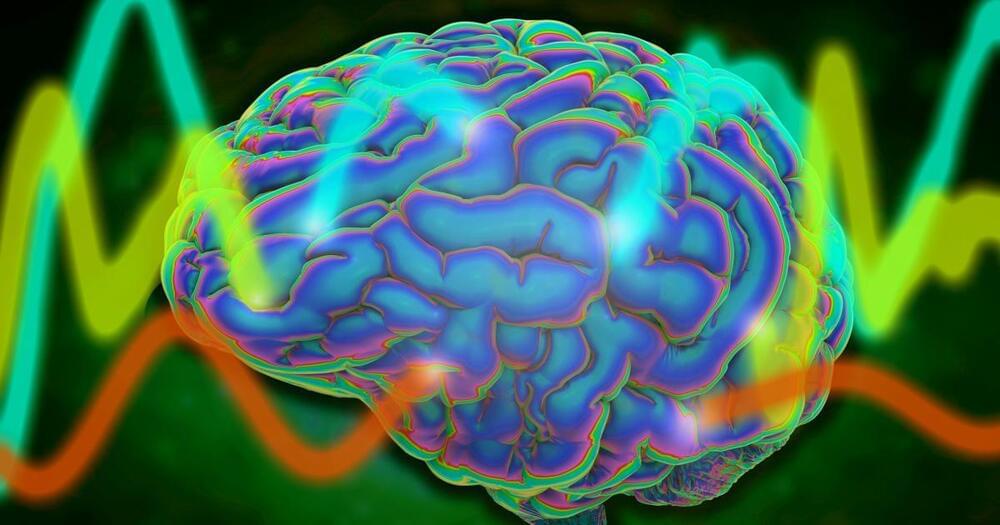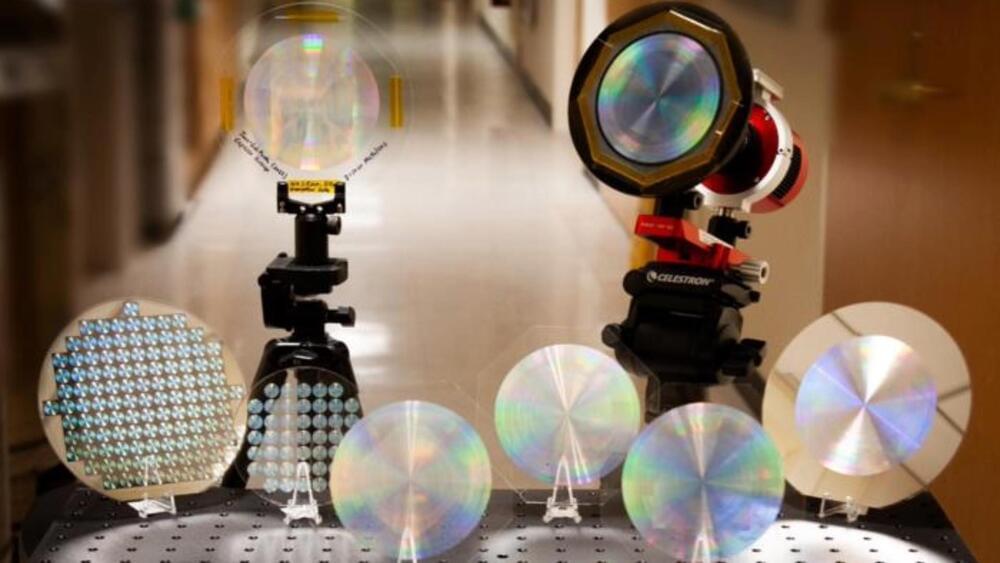As the Roman Space Telescope prepares for launch, it joins a cadre of upcoming missions, including the European Space Agency’s Euclid mission and the Vera C. Rubin Observatory. Together, these endeavors are poised to reshape our understanding of dark matter, providing valuable data to refine simulations and deepen our comprehension of the universe’s large-scale structure.
In conclusion, NASA’s Roman Space Telescope stands on the precipice of a groundbreaking exploration into the gaps between stars, promising to unveil new dimensions of the cosmos and potentially solve the longstanding mystery of dark matter, NASA release claims.
